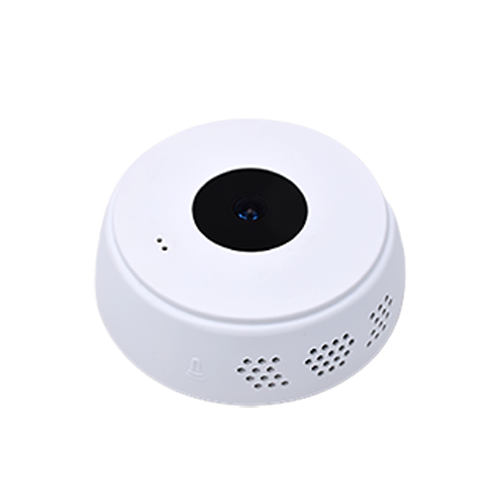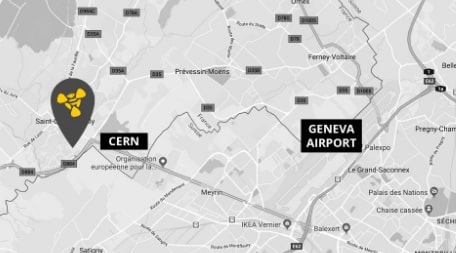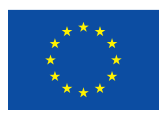Traditional methods of manually counting foot traffic or utilizing outdated systems not only prove to be labor-intensive but also fall short in terms of accuracy and privacy compliance. With the advent of GDPR (General Data Protection Regulation) compliant technologies, such as Terabee people counters, educational facilities can now harness the power of data-driven insights while ensuring the protection of individual privacy rights. Here is a guide to how universities can leverage the latest privacy-respecting people counting technology.

1. Accurate foot traffic analysis
Terabee people flow counters use the latest Time-of-Flight (ToF) technology to accurately count the flow of individuals within educational facilities. By emitting infrared light pulses and measuring the time it takes for the light to return, ToF counters can precisely count people passing through designated areas.
This data enables university administrators to gain valuable insights into peak traffic times, popular routes, and areas of congestion, facilitating informed decision-making regarding resource allocation and facility optimization.
2. Enhanced facilities management
With GDPR-compliant people counters from Terabee, universities can improve the allocation of resources such as staffing, classroom allocation and facility maintenance. By analyzing foot traffic patterns over time, administrators can identify under-used spaces and implement strategies to improve their efficiency or reallocate the spaces. For example, if certain classrooms are consistently empty during specific hours, adjustments can be made to reallocate those resources that have a higher demand.
3. Privacy compliance
One of the primary concerns surrounding data collection in educational institutions is the protection of individual privacy rights. Terabee GDPR-compliant people counters address these concerns by adhering to strict guidelines regarding data collection, storage, and processing.
These people counters do not gather any personal identifiable information (PII) as they use Time-of-Flight and thermal infrared technology. These sensors do not take photos, videos, or gather information that makes it possible to identify individuals.

Q&A
Q1: How do universities ensure the accuracy and reliability of the data collected by GDPR-compliant people counters, especially in environments with high foot traffic and diverse movement patterns?
Ensuring the accuracy and reliability of data collected by GDPR-compliant people counters in university environments with high foot traffic and diverse movement patterns involves precise installation, calibration and device testing procedures. Universities can employ advanced sensor technologies and analytics algorithms to enhance accuracy.
Terabee has performed a series of various tests with a significant number of data points, to support the following findings:
- Within the installation guidance and specifications, the People Flow Counting L-XL device consistently reaches a typical counting accuracy of 98% or more, in most conditions
- In the same conditions, the PCL-XL in a multi-device installation reaches a counting accuracy of 98%
- Specific light conditions, and door materials impact to various degrees the PCL-XL accuracy, which can then decrease below 98%
- The conclusion is that these tests, for both single device and multi-device installation, and the real-life use case accuracy tests support Terabee’s claim for typical 98% people counting accuracy.
Q2: Are there any specific challenges or limitations faced by universities when implementing GDPR-compliant people counters, and how do they address these challenges?
Implementing GDPR-compliant people counters in universities poses several challenges, including ensuring transparency in data collection practices and managing data securely throughout its lifecycle. To address these challenges, universities establish comprehensive data management protocols that align with GDPR regulations. Furthermore, universities conduct regular privacy impact assessments and engage in ongoing staff training to mitigate risks and ensure compliance.
Q3: Can universities use the data gathered from people counters for purposes beyond occupancy monitoring, such as improving campus facilities management or optimizing student services, while still ensuring GDPR compliance and protecting individual privacy?
Universities can leverage data gathered from Terabee GDPR-compliant people counters for various purposes beyond occupancy monitoring while still upholding GDPR compliance and safeguarding individual privacy. For instance, they can use anonymous people counting data to enhance campus facilities management. Additionally, universities can employ data analytics to enhance student services, such as predicting traffic flow in libraries or cafeterias to improve service efficiency and to give a better user experience.
If you’re looking for an accurate and cost-effective people counting solution that guarantees privacy, get in touch with Terabee today to find out more about our people counting solutions.










